An Introduction to Network Monitoring Tools: A NOC Engineer's Perspective
Networks are essential to the smooth operation of communication, data transfer, and online services in the modern, digitally interconnected world. The effectiveness of businesses and organisations depends on how well-maintained and effective these networks are. Making sure networks run smoothly and effectively is one of your responsibilities as a Network Operations Centre (NOC) engineer. Network monitoring software is a key piece of equipment in your toolbox. This article will look at network monitoring tools from the viewpoint of a NOC engineer, examining their importance, numerous types, major features, and the manner in which they enable NOC engineers to maintain excellent network performance.
Adnan NabiAugust 31, 2023
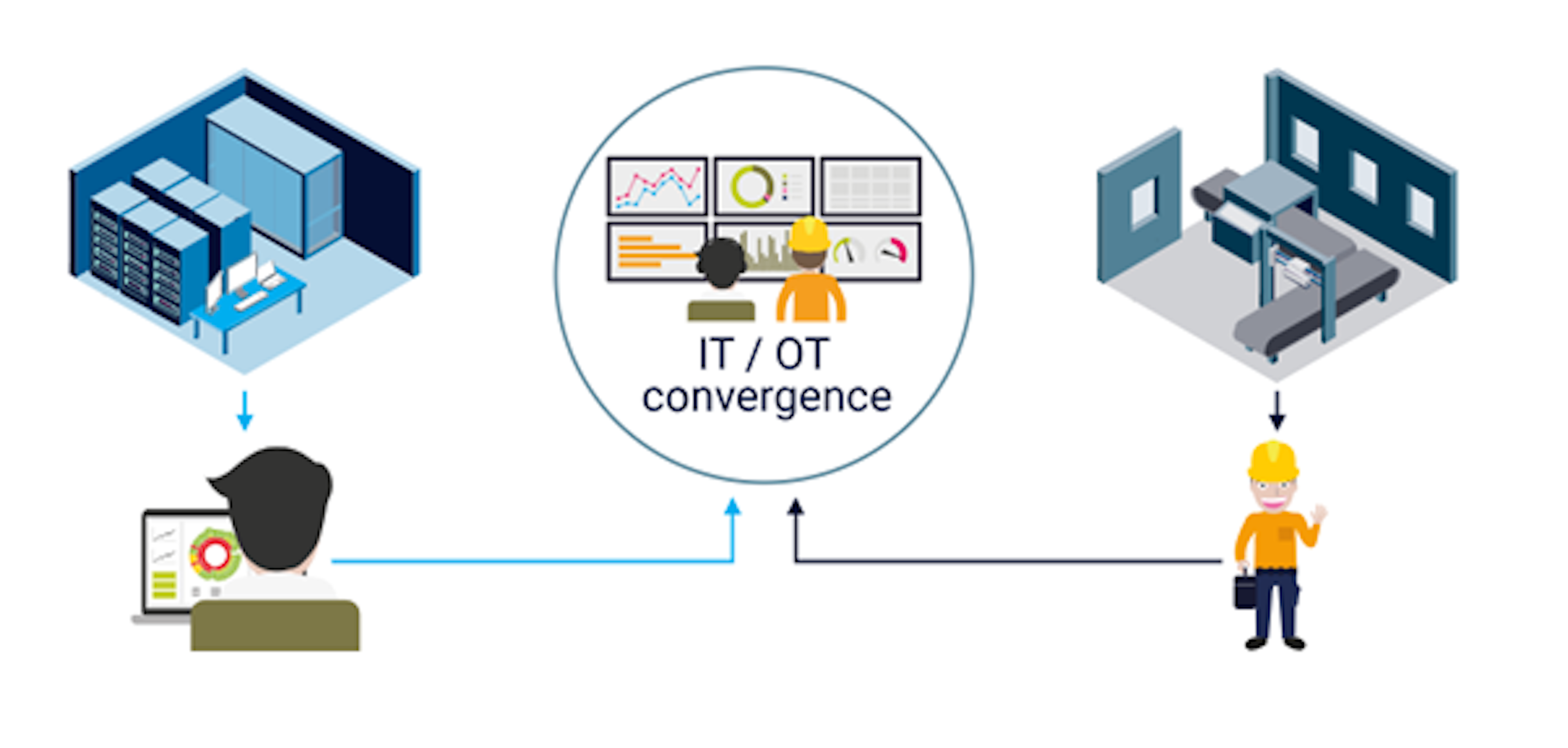
THE IMPORTANCE OF NETWORK MONITORING:
Imagine the following scenario: a critical online service suddenly slows down, frustrating users and maybe resulting in a loss of revenue. Such network interruptions may have far-reaching effects. Tools for network monitoring can help in this situation. They give NOC engineers immediate information about the condition and functionality of the network infrastructure. These technologies assist in quickly identifying and resolving issues by continuously monitoring network components, preventing minor difficulties from turning into significant outages.
TYPES OF NETWORK MONITORING TOOLS:
Let's examine a few prevalent categories of network monitoring equipment used by NOC engineers:
- Ping And Traceroute Tools:
The network connectivity and latency can be quickly verified using these simple tools. A good example of this is the ‘ping command’, which transmits packets to a target host and provides the round-trip time to show how responsive the network is.
Example: Running ‘ping google.com’ in the command prompt yields real-time latency data.
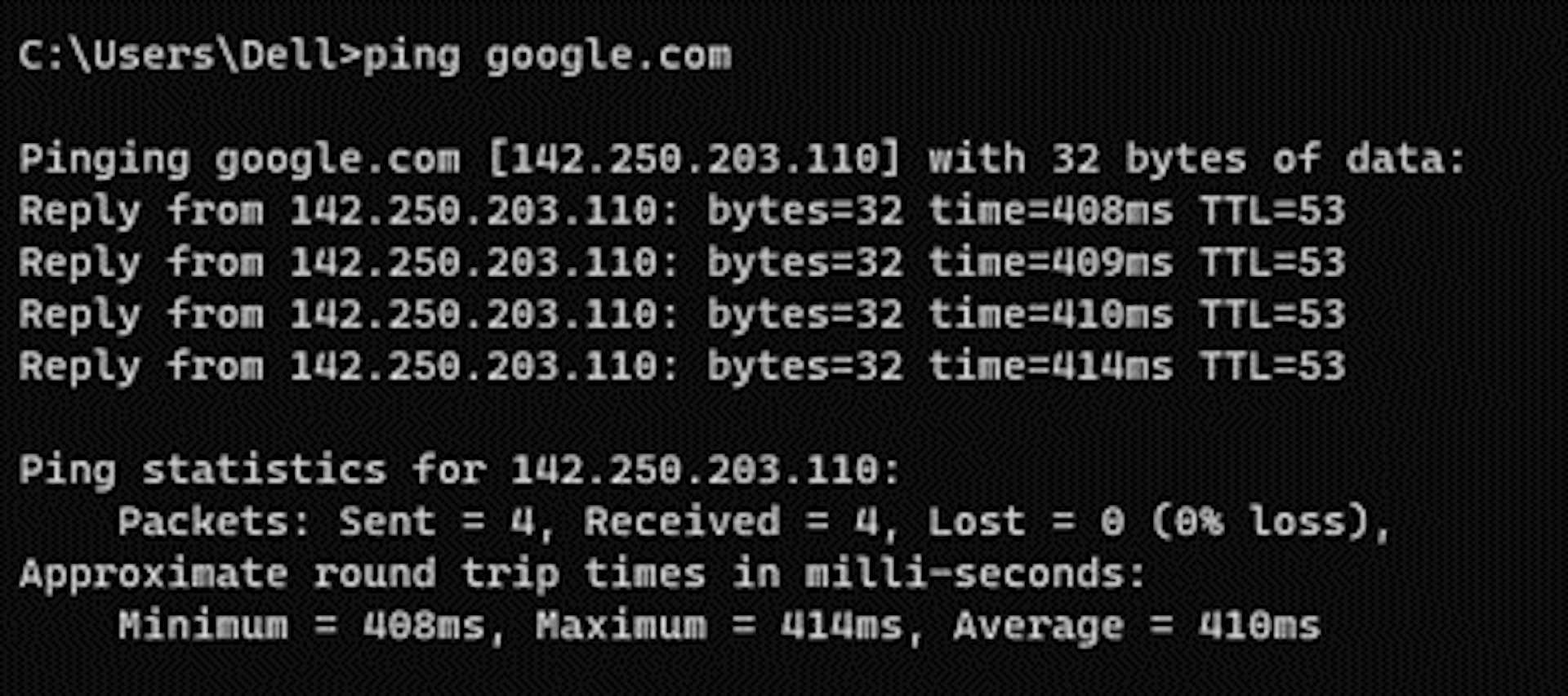
- SNMP Monitoring Tools:
Devices that support the Simple Network Management Protocol (SNMP) are monitored using SNMP tools. They gather information on the status, performance indicators, and health of the device.
Example: Tools like PRTG Network Monitor can monitor SNMP-enabled devices and provide insights into metrics like CPU utilization and memory usage.
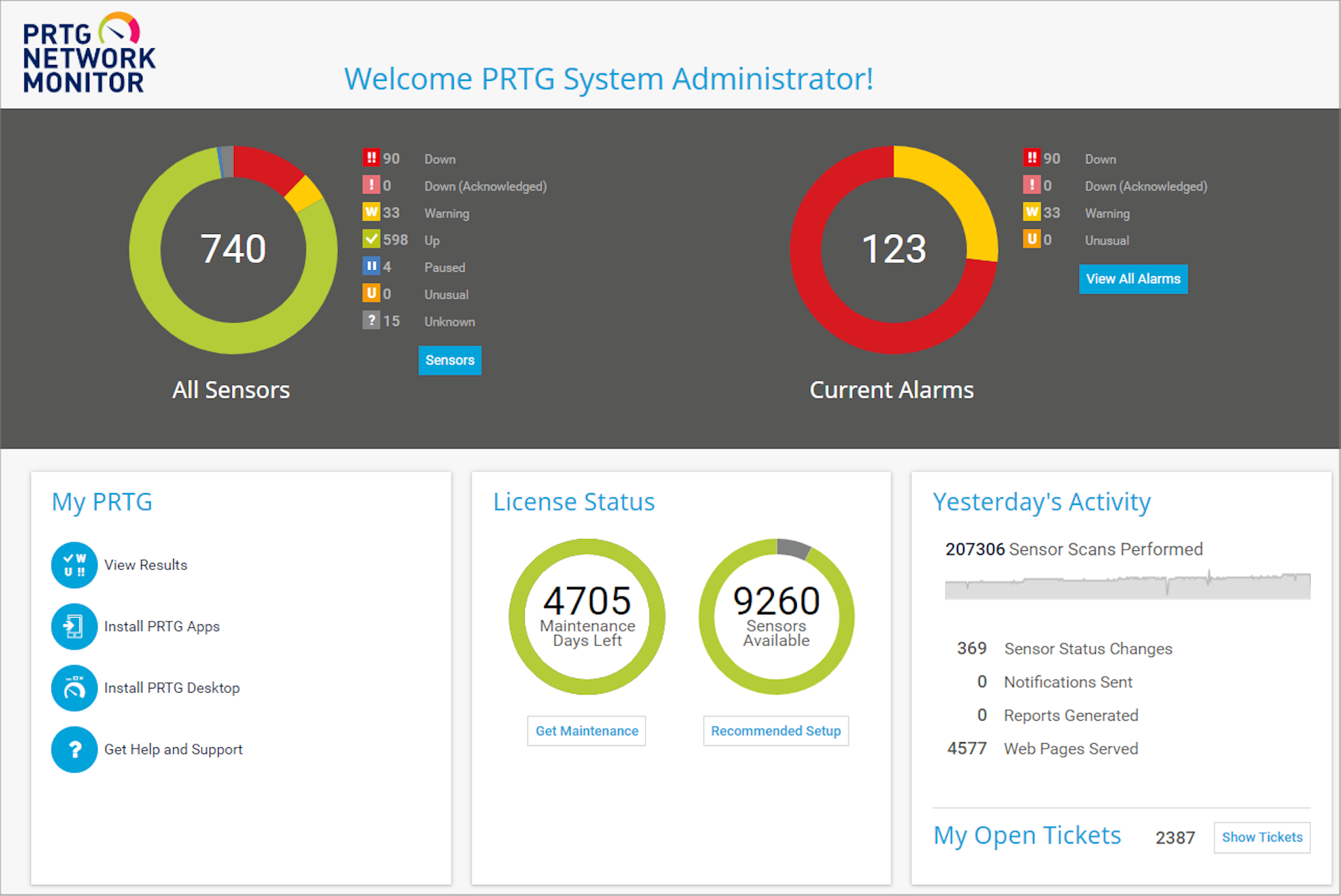
- Bandwidth Monitoring Tools:
These tools monitor network activity and bandwidth usage, assisting NOC engineers in locating possible bottlenecks and formulating capacity expansion plans.
Example: ‘SolarWinds NetFlow Traffic Analyzer’ allows monitoring and analysing bandwidth usage over time.
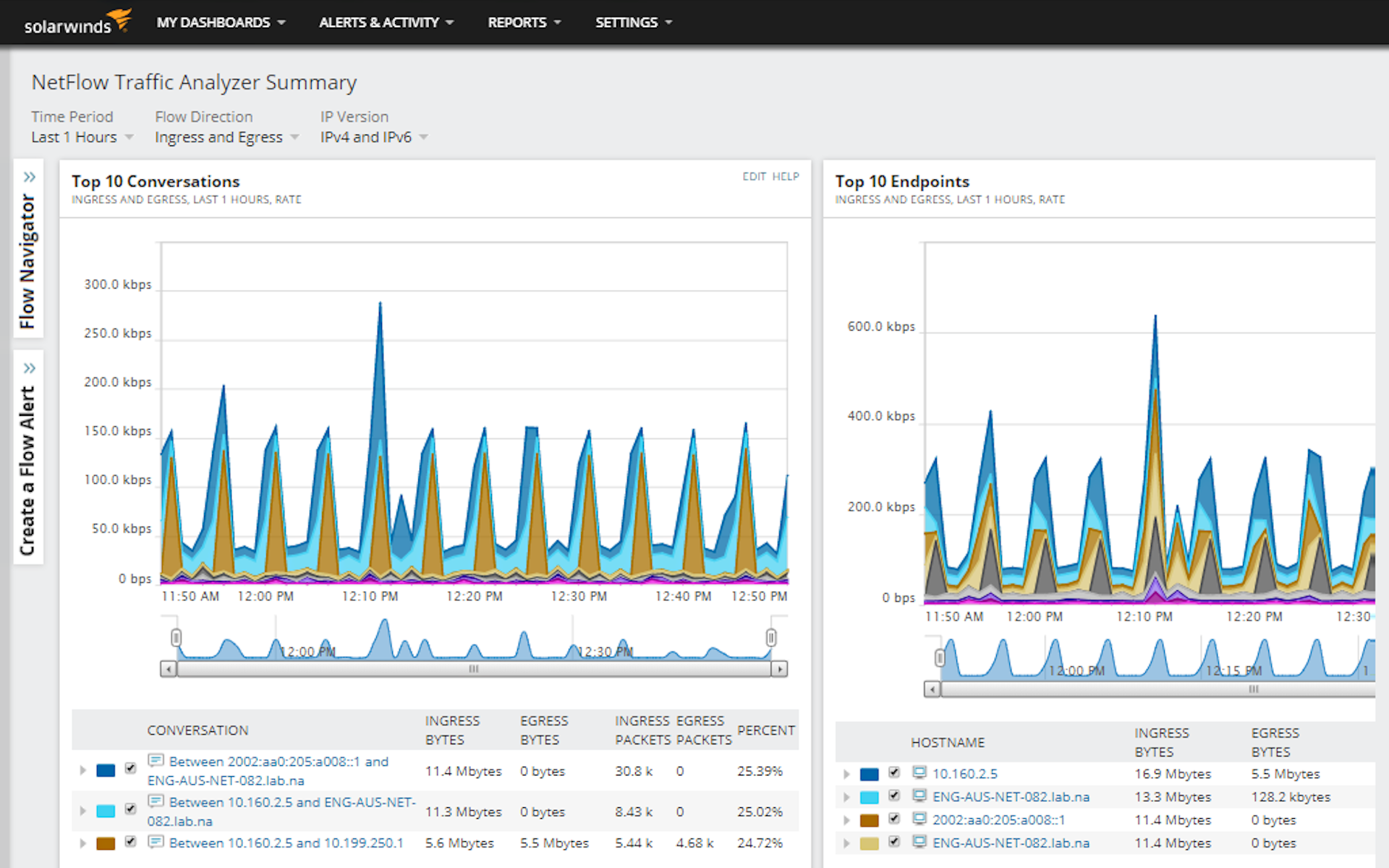
- Alerting and Notification Tools:
These tools notify NOC engineers about critical events through various communication channels like email or SMS, ensuring swift attention to urgent issues.
Example: ‘Zabbix’ offers customizable alerting options, sending notifications when predefined thresholds are breached.
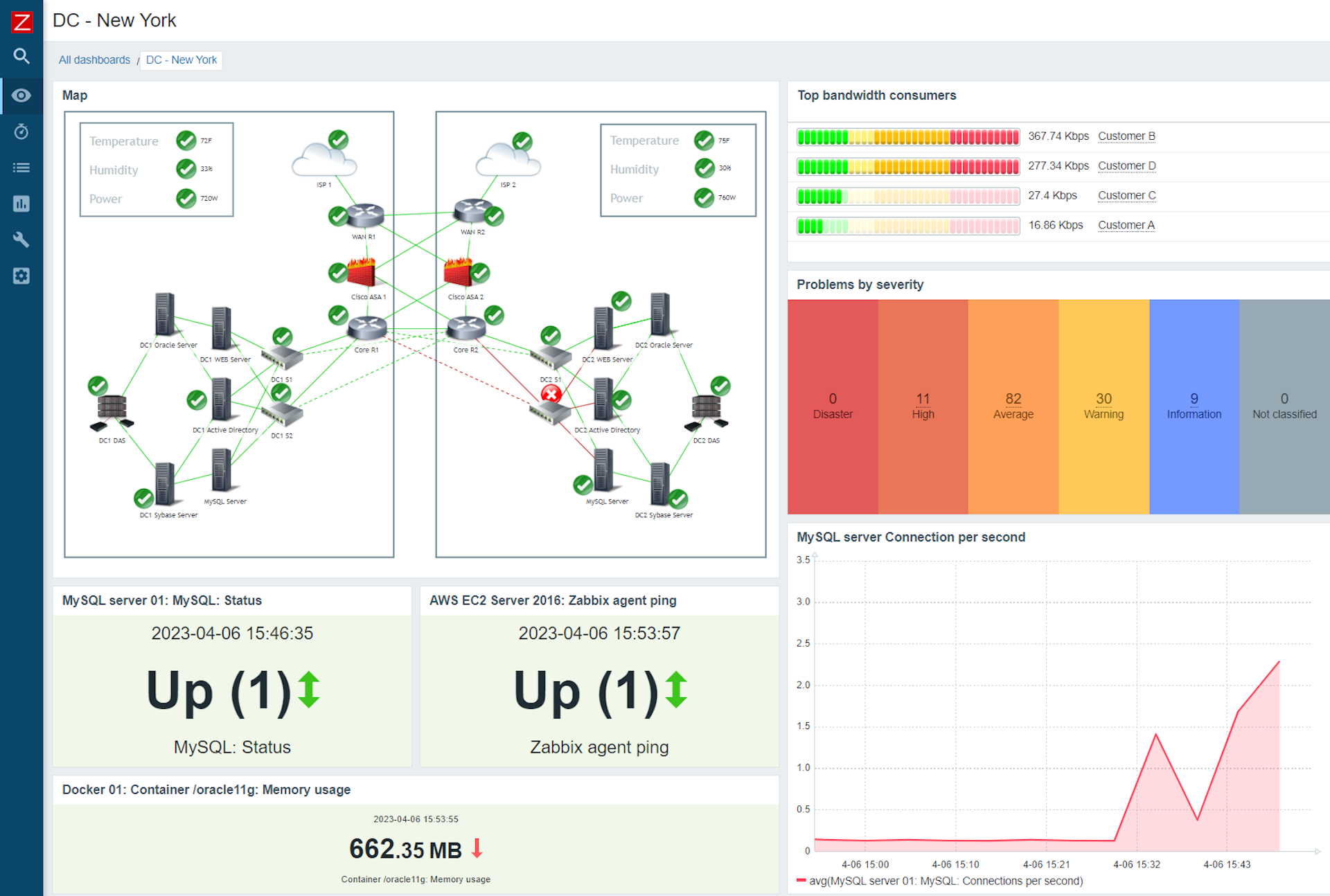
- Flow Analysis Tools:
Flow analysis tools capture and analyze network flow data, providing insights into traffic patterns, application usage, and potential anomalies.
Example: ‘Cisco Stealth watch’ is a flow analysis tool that helps detect unusual behaviour patterns and potential security threats.
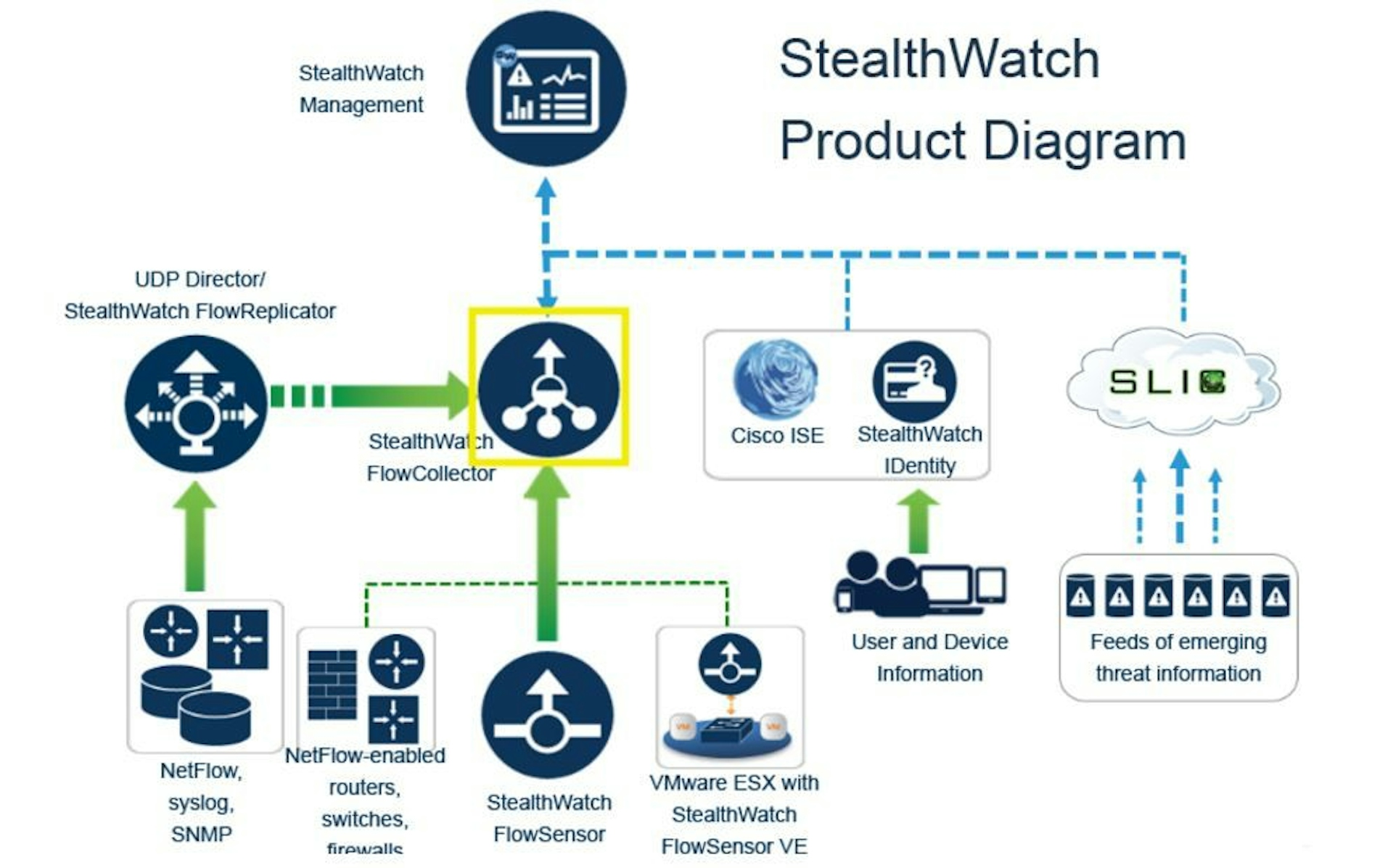
- Packet Capture and Analysis Tools:
These tools allow NOC engineers to capture and analyze network packets, aiding in the troubleshooting of complex issues.
Example: ‘Wireshark’ is a widely used packet capture tool that helps dissect network packets for in-depth analysis.
KEY FEATURES TO LOOK FOR:
NOC engineers should take into account the following features when choosing network monitoring tools:
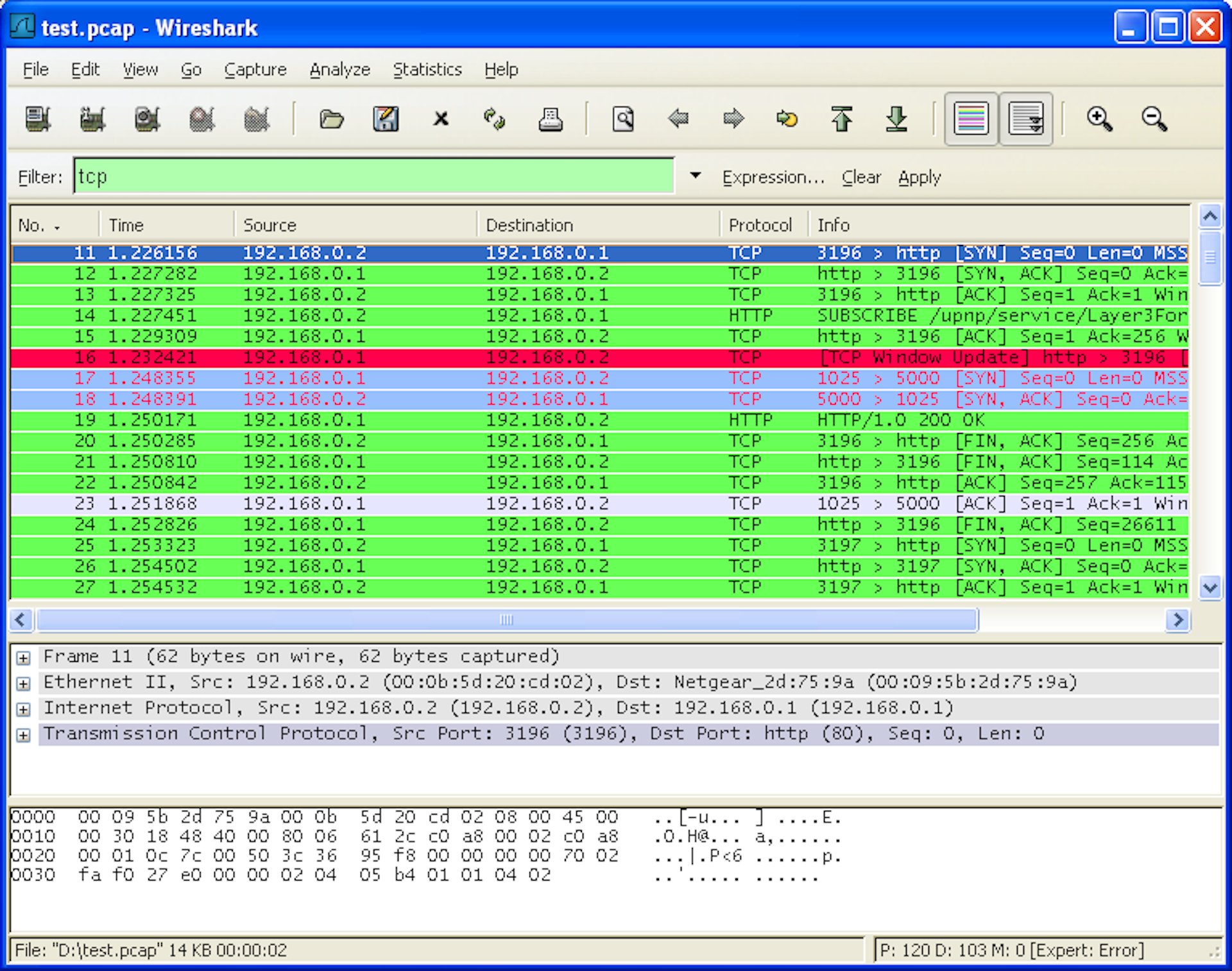
- Real-time Monitoring:
Choose tools with real-time monitoring capabilities to spot problems as they happen and quickly fix them. For swiftly identifying and resolving network issues as they arise, real-time monitoring is crucial. Real-time monitoring tools give you immediate notifications and insights into the condition of your network, enabling you to act quickly and reduce downtime.
- Customizable Dashboards:
Look for tools that allow you to create personalized dashboards displaying metrics relevant to your network's health and performance. Customizable dashboards empower you to design visual displays that show the specific metrics and data points that matter most to your network's performance. This personalization ensures that you can quickly access and interpret the information you need to monitor and manage your network effectively.
- Historical Data and Trend Analysis:
Having access to historical data is crucial for understanding the long-term performance of your network. Trend analysis allows you to identify patterns, anticipate potential issues, and make informed decisions to optimize network performance and prevent recurring problems.
- Scalability:
Choose tools that can accommodate your network's growth without compromising performance, ensuring they can handle increasing devices and traffic. Networks are dynamic and tend to grow over time. A good monitoring tool should be able to scale with your network's expansion without compromising its ability to collect, process, and present data in a timely manner. This ensures that your monitoring solution remains effective even as your network evolves.
- Integration and Compatibility:
Opt for tools that seamlessly integrate with your existing systems, devices, and protocols, streamlining your workflow. Your network infrastructure likely consists of various devices, systems, and protocols. A monitoring tool that seamlessly integrates with your existing technology stack simplifies the monitoring process. It helps consolidate data from different sources and provides a unified view of your network's status.
- Alerting and Automation:
For proactive problem-solving before problems affect network performance, timely alerts are crucial. Find tools that let you create personalised notifications based on predetermined thresholds. Additionally, programmed answers to frequent issues are made possible through automation capabilities, which lower the need for user involvement and increase overall productivity.
Keep in mind that depending on your particular network requirements and business objectives, the significance of these functionalities may change. When comparing network monitoring solutions, take into account how well each one fits the operational requirements of your team and the characteristics of your network.
HOW NETWORK MONITORING TOOLS EMPOWER NOC ENGINEERS:
Let's now talk about how network monitoring technologies assist NOC engineers in their day-to-day operations:
- Proactive Issue Detection:
NOC engineers can detect anomalies and irregularities using network monitoring tools before they cause serious interruptions. For instance, engineers can detect significant surges in network traffic early and allowing engineers to take preventive action.
Example: A bandwidth monitoring tool detects unusual data spikes during non-peak hours, indicating a potential DDoS attack. The NOC team takes immediate action to mitigate the threat.
- Faster Problem Resolution:
Armed with real-time insights and comprehensive data, NOC engineers can quickly identify root causes of issues. This reduces downtime and minimizes the impact on users.
Example: A user complains about sluggish application performance. The NOC engineer quickly fixes the issue after determining its root cause to be a poorly configured network switch using a flow analysis tool
- Data-Driven Decision Making:
Historical data and performance trends provide valuable insights for NOC engineers to make informed decisions about network optimization and upgrades.
Example: By analysing historical bandwidth usage patterns, the NOC engineer recommends upgrading network capacity before an upcoming online event to avoid congestion.
- Enhanced Collaboration:
Network monitoring tools facilitate collaboration among NOC team members. Sharing real-time data and insights makes it easier to diagnose and troubleshoot issues collectively.
Example: During a major incident, NOC engineers collaborate using a centralized dashboard, sharing insights and collectively resolving the issue faster.
- Resource Optimization:
By analyzing network usage and traffic patterns, NOC engineers can allocate resources effectively. This ensures that resources are appropriately distributed, preventing bottlenecks.
Example: Through flow analysis, the NOC engineer identifies an underutilized server and reallocates its resources, improving overall network performance.
CONCLUSION:
Monitoring tools are a network operations engineer's closest companion in the dynamic world of network operations. These tools give you the visibility you need to keep your network environment responsive and resilient. Remember that choosing the proper tools can enhance your capabilities, enable proactive management, and contribute to a seamless user experience as you navigate the complex terrain of network monitoring tools. You are well-equipped to ensure that the networks you administer operate at their peak efficiency thanks to the strength of the network monitoring tools at your disposal.